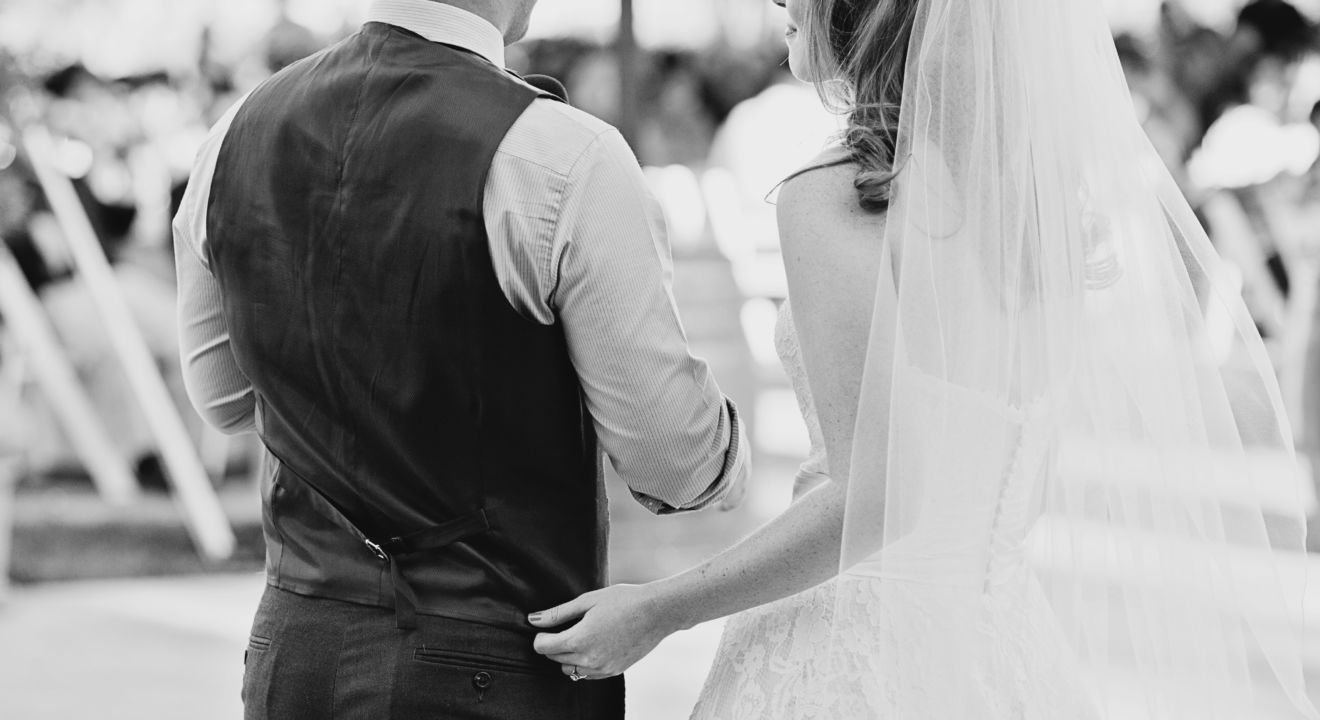Relationships August 10, 2016


The wedding business, though a modern phenomenon, is an economic giant in the United States – so much so that sociologists have coined the term “white-wedding industrial complex” to describe this 70 billion dollar industry. The wedding industry has been cashing in on the race for the best, most extravagant wedding, although even simpler weddings cost Americans around $28,427 – and this is just the average price.
Depending on the city, the costs rise. If you are in the top one percent, a wedding can easily cost a million dollars. We all remember Kim Kardashian’s 10 million dollar celebrity wedding for a 72-day marriage to basketball star Kris Humphries.
With “Say Yes to the Dress,” “Four Weddings,” “Whose Wedding is it Anyway?” and the highly watched Kate and Will royal wedding, we have to ask ourselves, “Is America obsessed with the white dress?” In a country where millions get married, spend billions on the ceremony but get divorced 40-50 percent of the time, it seems that weddings are popular, but marriage isn’t.
According to a 1999-2002 World Values Survey, 10 percent of Americans agreed with the statement, “Marriage is an outdated institution.” This is the lowest in the entire western world. Americans are also much more likely to emphasize the importance of marriage. Seventy six percent of participants agree that “marriage is a lifetime relationship that should never be ended except under extreme circumstances,” according to the Population Reference Bureau. Yet despite this prevalent attitude, there is no other developed country with separation or divorce rates higher than the United States. So what explains this oxymoron?
Researchers conjecture that while Americans aspire to marriage and partnership, our culture is also highly individualistic “and [men and women] believe it is acceptable to leave a union when it becomes a source of personal unhappiness.” Additionally, the cultural importance of marriage may have to do with America’s religiosity. The early settlers of America were Protestant and according to Protestantism, marriage was considered a “preferred status” for citizens and “one of the foundations of civil society.” In addition, our legal system “supports the dichotomy of marriage and divorce” by encouraging partnership with financial benefits and tax breaks.
The wedding industry is so enormous because of a strong cultural and financial push to marry, coupled with America’s consumerist culture which encourages high spending. How does the United States manifest an everyday ritual into an industry for-profit? Well, for as long as weddings have existed, they have been the perfect occasion for people of wealth to display their affluence.
According to The Week’s piece on the wedding industrial complex, the rising middle class in the 1920s “sought to establish its status by imitating the high-society white wedding.” After World War II, the spike in marriages revamped the wedding industry. After the counter-cultural mindset of the 60s and 70s opting for smaller intimate ceremonies, the 80s kicked extravagant weddings back into high gear.
In Rebecca Mead’s book, “One Perfect Day: The Selling of the American Wedding,” she explains that women are encouraged to spend an exorbitant amount of money, even when it is not within their means. The push for overly-indulgent ceremonies and receptions have made wedding planning an arms race for the most lavish. Anything short of lavish is “cheap love,” says author Meghan O’Rourke, who explains how wedding businesses in the U.S. exploit this guilt by charging high prices during wedding season.
Although we can’t resist watching over-indulgent fairy tale wedding ceremonies, examples of failed marriages remind us that ostentation doesn’t always equate to everlasting love.